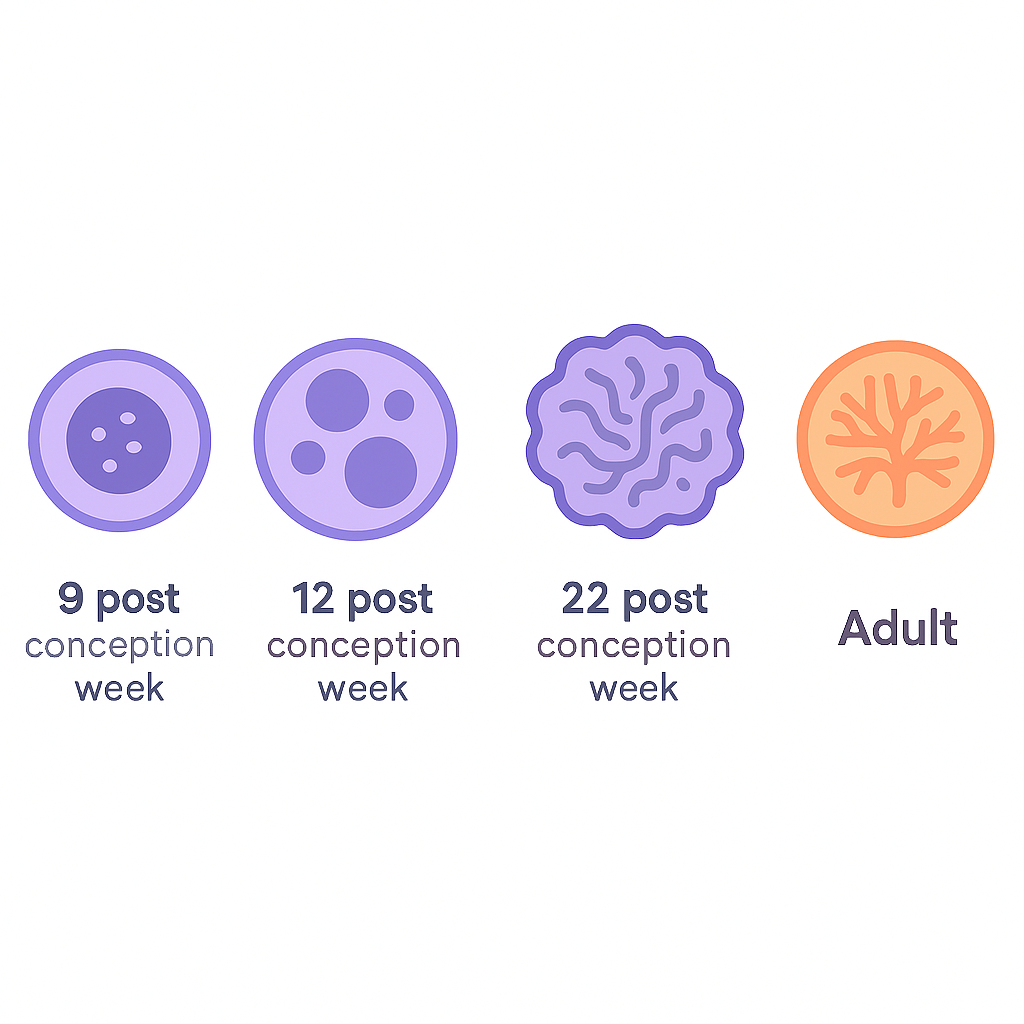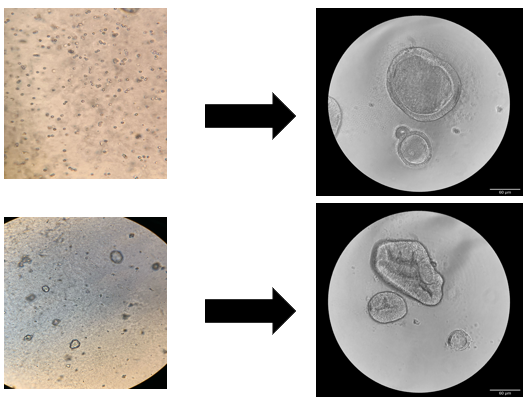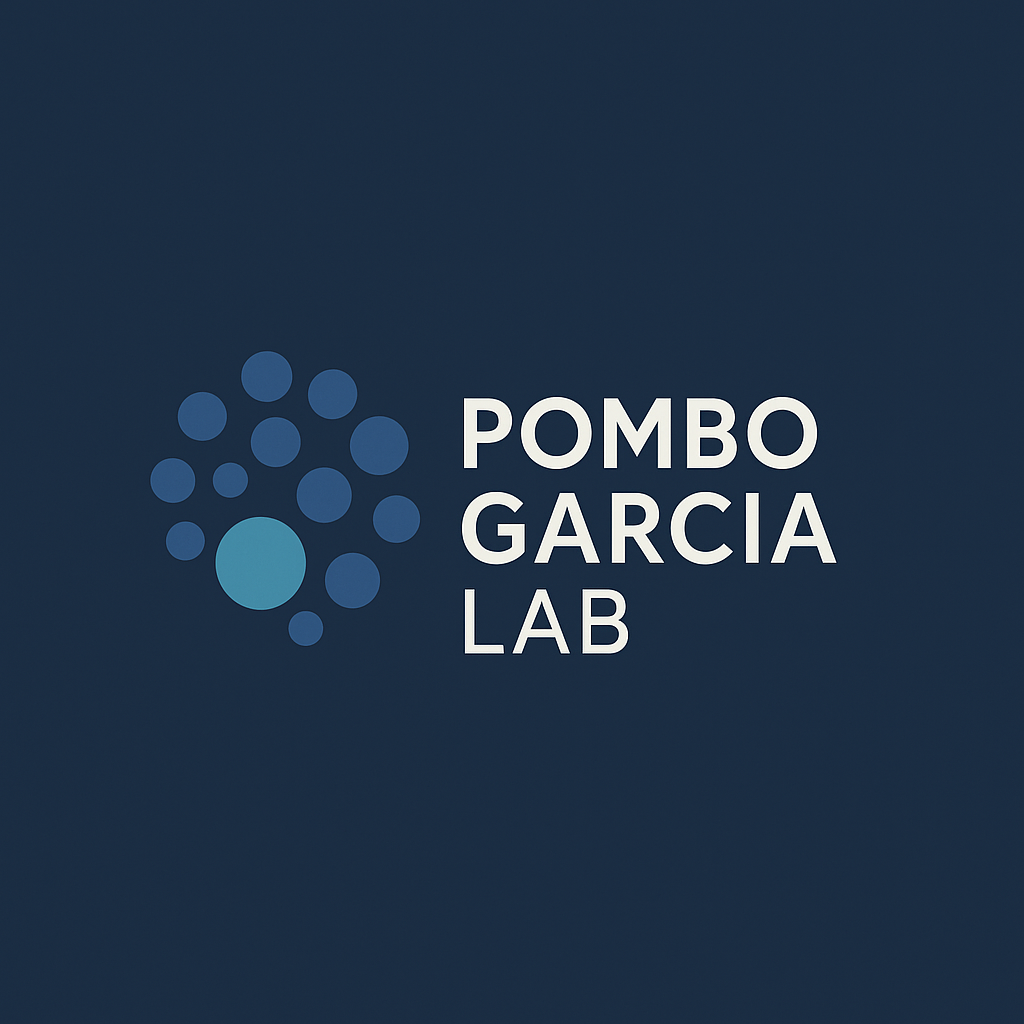
Overview
Intestinal organoids are 3D miniaturized and self-organizing tissue cultures derived from intestinal stem cells. They replicate key features of the native gut epithelium—including cellular composition, polarity, and function—making them a transformative tool for studying human intestinal biology in vitro. These structures can be derived from: Adult intestinal stem cells (ASCs) harvested from biopsies Pluripotent stem cells (PSCs) such as embryonic stem cells or induced pluripotent stem cells (iPSCs) Depending on the source, organoids can model fetal development, adult tissue homeostasis, or disease states, offering insights across a broad biological and clinical spectrum.

Intestinal crypt isolation at the single cell level and crypt level
Key Features
Self-organization: Driven by intrinsic signaling, organoids develop crypt-villus architecture and regional identity.
Cellular diversity: Include absorptive enterocytes, goblet cells, Paneth cells, enteroendocrine cells, tuft cells, and stem/progenitor populations.
Long-term culture: Can be expanded and passaged over months while retaining key phenotypes.
Personalized models: Enable patient-specific studies, such as precision medicine for IBD or cystic fibrosis.
Manipulable system: Compatible with CRISPR gene editing, co-culture, microfluidics, and imaging.Key Features

Organoid growth in increasing order at crypt level. All organoids were grown in Conditional medium.

Organoid growth in increasing order at crypt level. All organoids were grown in Differential medium.
Applications
Developmental Biology
Organoids derived from different post-conception weeks (e.g., 9, 12, 22 weeks) recapitulate fetal gut maturation, providing a human-specific model to study:
Epithelial differentiation
Tissue patterning
Barrier formation
Early onset diseases like necrotizing enterocolitis (NEC)
Disease Modeling
Organoids enable the study of diseases in a patient-specific context:
Inflammatory Bowel Disease (IBD)
Colorectal cancer
Cystic fibrosis
Infectious diseases (e.g., rotavirus, SARS-CoV-2)
Drug Screening
High-throughput assays using organoids provide a platform to:
Test epithelial responses to drugs or toxins
Screen CFTR-modulating therapies
Model nutrient absorption and metabolism
Host-Microbe Interactions
Co-culture systems with bacteria or immune cells allow interrogation of how the intestinal barrier responds to:
Pathogenic microbes
Commensal bacteria
Inflammatory stimuli
Technical Capabilities in Our Lab
Our lab uses:
Fetal- and adult-derived organoids
Live-cell imaging and super-resolution microscopy (e.g., STED)
Functional assays: TEER, permeability, and cytokine profiling
CRISPR/Cas9 genome editing
Organoid-on-chip systems to mimic flow and mechanical cues
